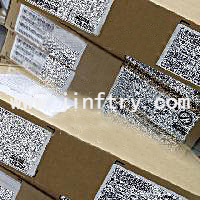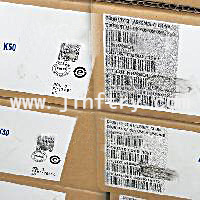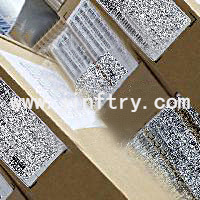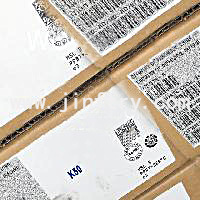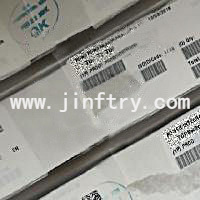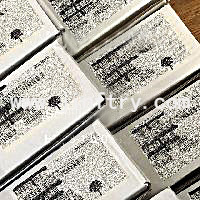The reasons and advantages of silicon capacitors

Silicon capacitance advantage
1. Small size, light weight, standardized silicon capacitance can be 100 microns, customized can be 40~50 microns.
2. Good stability, even at high temperature can maintain stability 12.
3. Long life, up to 10 years.
4. High reliability, working voltage can ensure 100 degrees Celsius, 10 years of life 123.
5. Good high-frequency characteristics, suitable for high-speed signal lines, good signal quality 13.
6. High insulation impedance, better than ceramic capacitor and tantalum capacitor 1.
7. Good leakage current stability, not affected by high temperature, stress and other factors.
8. Silicon capacitors also help to drive the miniaturization of high-performance components and reduce the power consumption and cost of electronic components
How silicon capacitors work
A silicon capacitor is an electronic component whose main function is to store electric charge. Its working principle is based on the basic principle of a capacitor: when there is an electric field between two metal plates, an electric potential difference is generated between them, and the size of the potential difference depends on the distance and area between the two metal plates. Silicon capacitors store electrical charge using an insulating layer between semiconductor films .
Specifically, the structure of a silicon capacitor consists of two semiconductor films of different materials, one of which is oxidized to form an insulating layer and the other serves as an electrode. The gap between the two films forms the dielectric of the capacitor. When an external voltage is applied to a silicon capacitor, the charge is absorbed at the interface of the silicon material, forming an electric field. When the applied voltage is lost, the charge is released from the silicon material and returned to its original state
Silicon capacitor production process
In addition to the MIM technology mentioned on the official website, Murata's silicon capacitor technology also has deep groove technology. What is mentioned on the website is the Bosch process of dry etching technology. Firstly, a deep groove is formed through multiple etching protection through the Bosch dry etching process on the silicon, and then the silicon capacitor is finally formed through multi-layer growth etching ion injection. Somewhat similar to the MOS process, of course, in order to achieve higher capacitance density or other performance, can be further adjusted in the groove depth, electrolyte, laminated structure, we can also see Murata silicon capacitors will have many different series, in the voltage value, capacitance density and other performance indicators will also have a large difference, according to the information we can find now, At least it can be said that the Bosch process, MIM process, MOS process, etc. of dry etching are one of the tools in Murata's toolbox of silicon capacitors, and we can see that the performance of this process and DTC can achieve little difference.
1. Preparation of basic materials:
Substrate selection: Select the appropriate semiconductor substrate, usually a silicon (Si) substrate.
Cleaning and preparation: The substrate is thoroughly cleaned and surfacing to ensure that the surface is clean and ready to receive the deposition of the film.
2. Deposit the first layer of metal:
Metal deposition: The deposition of a first thin film of metal, usually a highly conductive metal such as aluminum, on a prepared substrate.
3. Deposited insulation layer:
Insulation deposition: The deposition of an insulating layer, usually an oxide, nitride, or other insulating material, on top of the first metal film.
4. To deposit a second layer of metal:
Metal deposition: A second metal film is deposited on top of the insulation layer to form a metal-insulator-metal (MIM) structure.
5. Patterning:
Lithography and etching: The use of lithography techniques and etching processes to pattern metal and insulating layers to form the desired capacitive structure.
6. Cleaning and annealing:
Cleaning: Perform the cleaning step to ensure that the device surface is clean.
Annealing: It can be selectively annealed to improve the stability and performance of the structure.
The above MIM process can be seen, in fact, there is no difference between silicon capacitors in structure and traditional capacitors, mainly from the difference in process and material, the process part uses the semiconductor process, which means that the direct concrete of the capacitor two plates can be greatly shortened, the semiconductor has an order of magnitude advantage in process accuracy than ceramics, in addition, The use of silicon oxide/nitride as an insulating layer on the material, this part brings many benefits in performance, so silicon capacitors have great advantages in performance and size. Another point to emphasize is that Murata also uses a 3D structure, that is, a vertical dimension is added to the plane dimension, as shown below, and the size of the traditional capacitor can be reduced by tens of hundreds
Recommended Products

